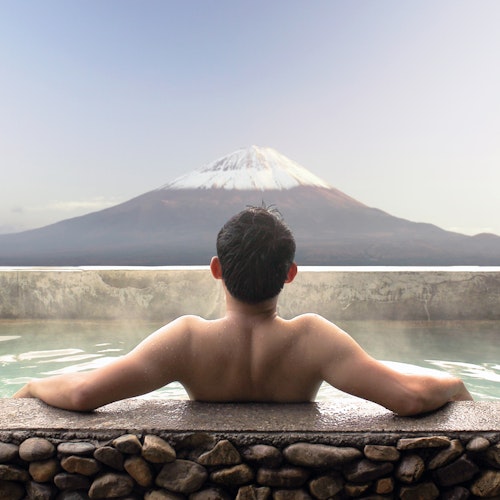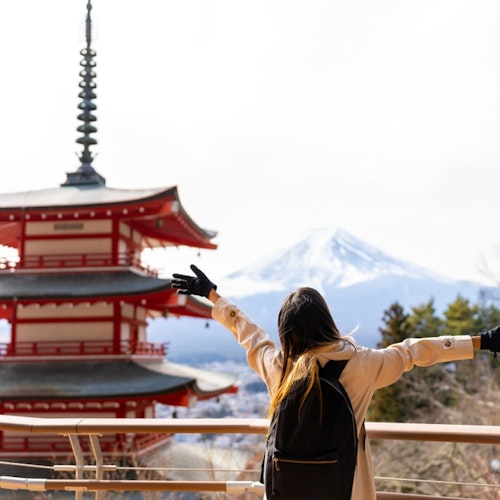
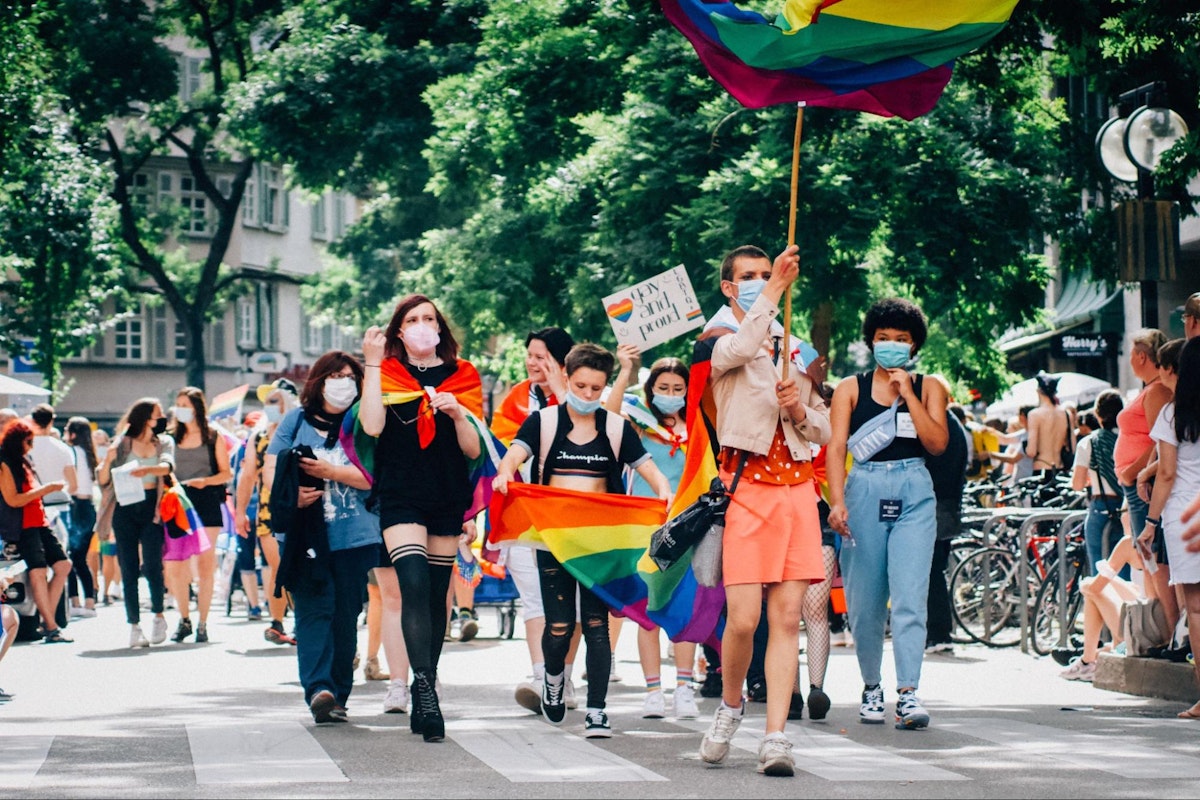
The cherry blossom, or Sakura as it's known in Japan, is an iconic symbol of the country's culture and philosophy. Each spring, the explosion of Sakura blooms creates a stunning spectacle that echoes the fleeting yet profound beauty of life itself. This concept resonates deep within the societal fabric of Japan, a fabric that's experiencing a shift with the increasing visibility and acceptance of the LGBTQ+ community. Much like the Sakura's diverse expressions of color and form, the LGBTQ+ community, too, brings forth a beautiful array of identities and experiences, painting a vibrant 'Sakura Spectrum' in the heart of Japanese society.
The path towards equality and recognition for the LGBTQ+ community in Japan, however, mirrors the complex patterns seen in a Sakura bloom. This journey, marked by historical contexts, evolving perceptions, and the emergence of a dynamic LGBTQ+ culture, has been instrumental in carving out an expressive space for LGBTQ+ voices in Japan's societal narrative. As we venture deeper into this exploration, we encounter a rich panorama of experiences that range from trials to triumphs, offering a glimpse into the resilient spirit of a community striving for validation and rights. Just as the Sakura symbolizes the beauty and resilience inherent in the ephemerality of life, the LGBTQ+ community in Japan exemplifies diversity and resilience amidst changing attitudes and levels of acceptance. Their narrative paints a vibrant Sakura Spectrum, a testament to the evolving landscape of understanding and acceptance in Japan.
In ancient and feudal Japan, the fluidity of gender and sexual norms was more prevalent than one might assume from a contemporary perspective. Central to this understanding is the concept of 'nanshoku' or 'wakashu,' which refers to the love relationships between adult men and adolescent boys within the samurai class. These relationships were not stigmatized but were instead viewed as enhancing a young man's martial education and cultural sophistication. Such dynamics were often reflected in traditional arts, such as Kabuki theatre, where young male actors played both male and female roles, emphasizing a kind of gender fluidity.
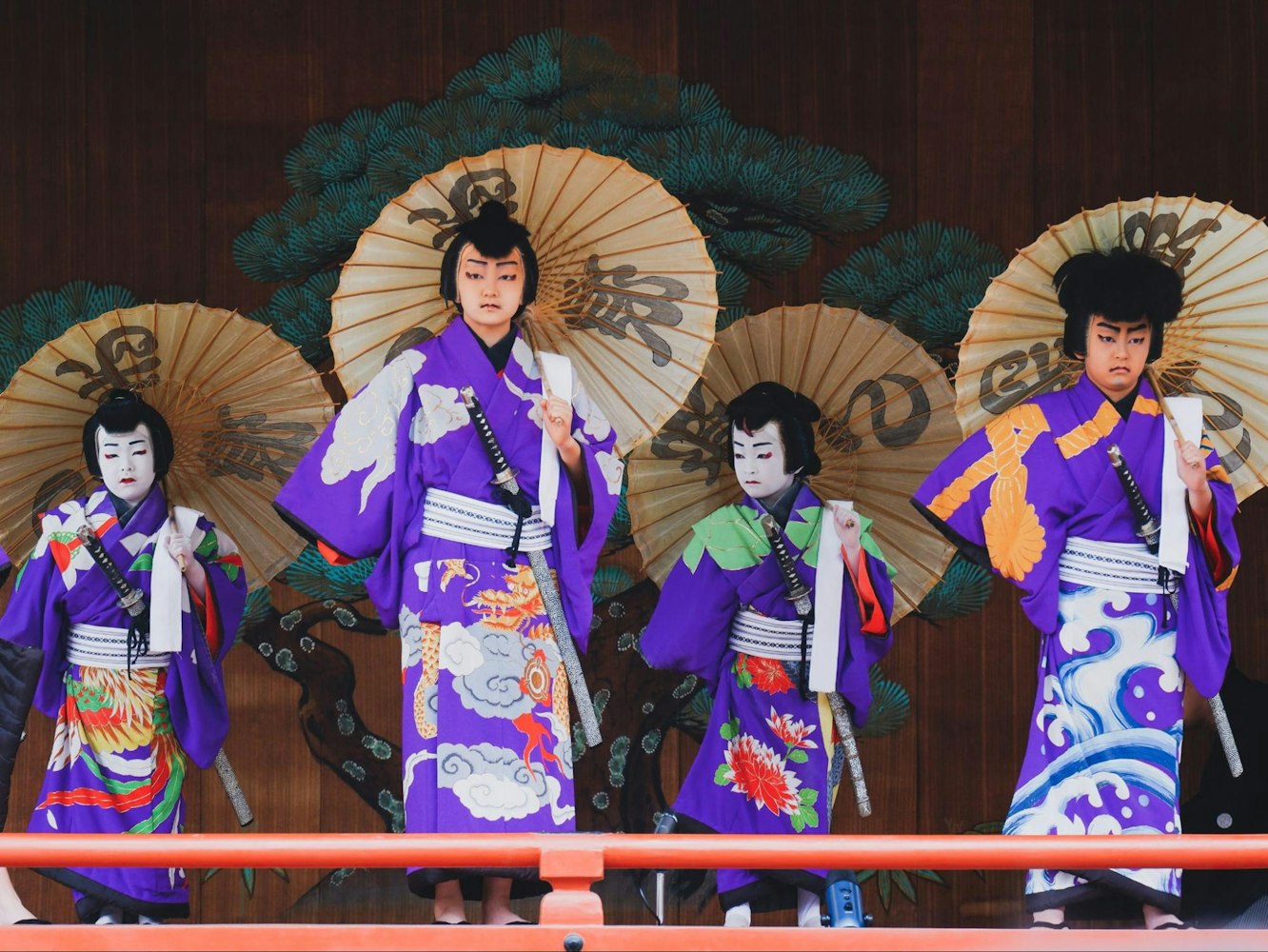
Another significant aspect of gender and sexual diversity in feudal Japan is the existence of 'onnagata,' men who performed female roles in Kabuki theatre. 'Onnagata' represented an accepted form of gender expression where men could embody femininity. Furthermore, historical records also suggest the presence of female households, similar to today's lesbian relationships, in certain sectors of Japanese society. While these relationships and roles don't fit neatly into contemporary understandings of LGBTQ+ identities, they nevertheless hint at the existence of diverse sexual and gender expressions in pre-modern Japan.
With the Meiji Restoration in the late 19th century and the influx of Western influence, perceptions of sexuality and gender began to change in Japan. The West brought with it Victorian moral norms and Judeo-Christian values, which viewed homosexuality and other non-binary forms of gender identity as immoral or pathological. This led to Japan’s adoption of the Napoleonic Code in 1880 which, although not criminalizing homosexuality, led to its social stigmatization. By the mid-20th century, Western psychiatric models that pathologized homosexuality also began to influence Japan.
In contrast to the acceptance of gender fluidity in the past, the Western concept of a binary gender system began to dominate. The acceptance of the LGBTQ+ community became a topic of taboo and was often swept under the rug. This period saw a shift in societal attitudes, with LGBTQ+ identities being repressed and forced into the shadows of Japanese society.
In recent decades, Japan has seen a gradual but significant shift in attitudes towards the LGBTQ+ community. A 2018 survey conducted by Dentsu, a prominent advertising firm in Japan, revealed that nearly 70% of individuals aged 20-59 indicated knowing someone who identified as LGBTQ+, a marked increase from previous years. Moreover, 78.4% expressed a degree of comfort with having LGBTQ+ people in their lives.
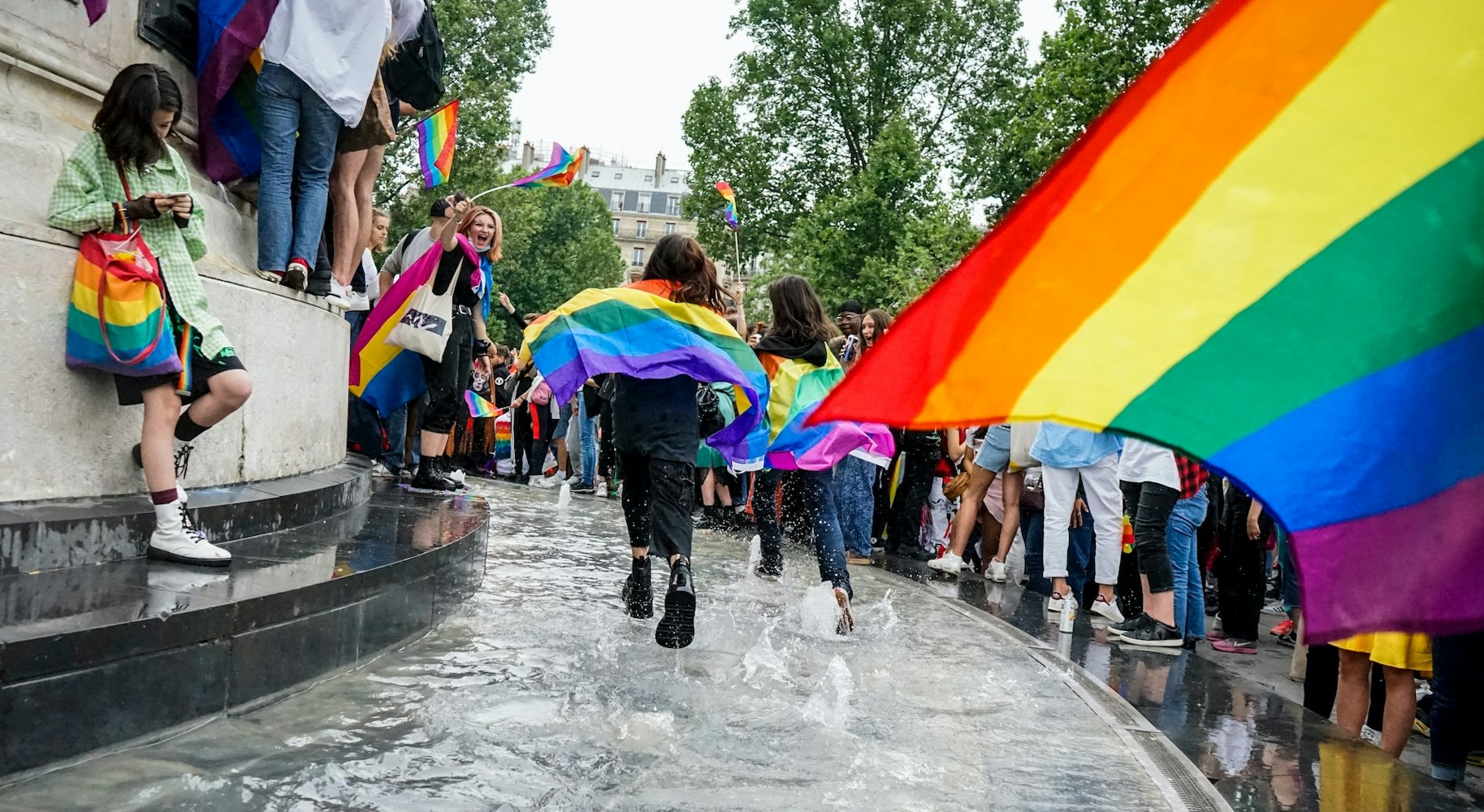
Image Credit: Norbu GYACHUNG
Legal strides have also been made. In 2009, Tokyo’s Shibuya ward became the first locale to recognize same-sex partnerships, with other municipalities following suit. Although Japan does not yet recognize same-sex marriage at a national level, public opinion is changing, with a 2020 survey by the Japan LGBT Research Institute showing that over half of respondents supported same-sex marriage.
Japanese media, particularly anime, manga, and drama, has had a profound impact on the representation and visibility of the LGBTQ+ community. From early portrayals, such as in the 1970s manga "Rose of Versailles," featuring one of the first androgynous characters, to modern works like "Yuri on Ice," an anime depicting a positive same-sex relationship, the influence has been significant. "Boys' Love" (BL) and "Girls' Love" (GL), genres dedicated to showcasing homosexual relationships, have also gained popularity. While they are often criticized for their idealized portrayal of same-sex relationships, their cultural impact in normalizing such relationships cannot be denied.
Moreover, the Japanese drama industry has also started embracing LGBTQ+ themes more openly. "Life as a Girl," a drama series about a transgender teen, was hailed for its thoughtful and sensitive handling of the subject matter. Anime series like "Wandering Son" have also shed light on transgender experiences. The increasing representation of LGBTQ+ themes and characters in popular media indicates a shift in societal attitudes and paves the way for a more diverse and inclusive cultural narrative.
Recent years have seen an emerging openness towards LGBTQ+ themes in mainstream Japanese society. This change can be seen in the increasing number of events and spaces dedicated to the LGBTQ+ community, such as the annual Tokyo Rainbow Pride - Japan's largest LGBTQ+ event. These events provide not only a platform for celebration but also for advocacy and awareness-raising.
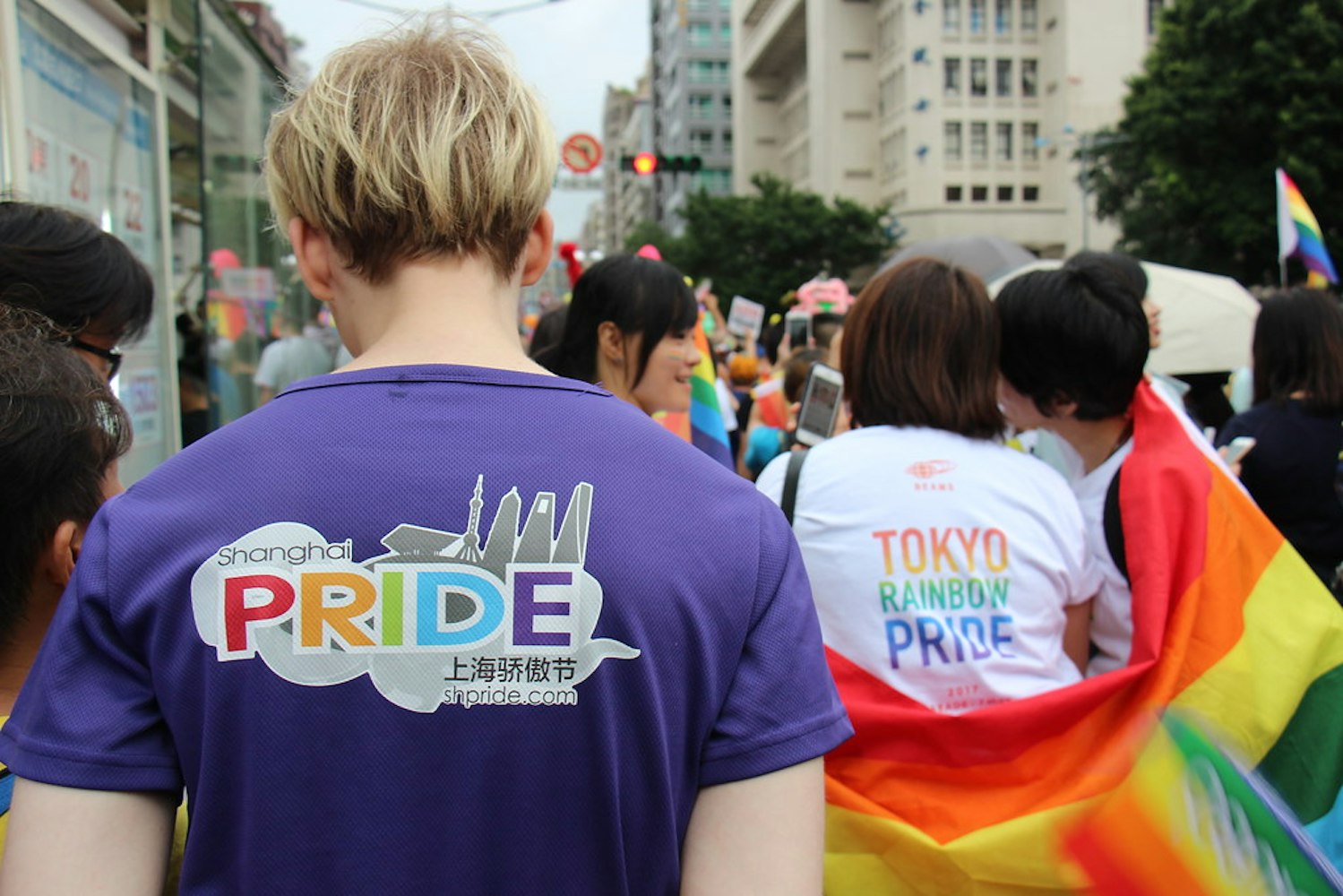
Image Credit: ironypoisoning
Corporations too are embracing the change. Companies like Panasonic and Sony have implemented policies supporting their LGBTQ+ employees, such as recognizing same-sex partnerships. Schools are also increasingly acknowledging the need for LGBTQ+ inclusive education. In 2017, the Ministry of Education issued a directive calling for Japanese schools to support LGBTQ+ students better. Despite the challenges, these developments reflect an increased societal openness to LGBTQ+ themes and recognition of their rights.
Japan has several prominent LGBTQ+ figures who have greatly contributed to increasing the visibility and acceptance of the LGBTQ+ community. Taiga Ishikawa, one of the country's first openly gay politicians, has been influential in pushing for LGBTQ+ rights and policy changes. In the world of entertainment, figures such as transgender TV personality Ai Haruna and actor Ikko, who identifies as a gay man, have been pivotal in bringing LGBTQ+ discussions into mainstream media.
In sports, former rugby player and LGBTQ+ advocate, Fumino Sugiyama, who is transgender, co-chaired the Pride House for the 2021 Tokyo Olympics, the first-ever permanent LGBTQ+ center associated with the Games. The presence and popularity of these figures indicate a growing acceptance of LGBTQ+ individuals in various sectors of Japanese society, painting a vibrant picture of the Sakura Spectrum.
Japan's pride events are a vibrant display of the nation's evolving understanding and acceptance of the LGBTQ+ community. These events are held throughout the country, from Sapporo to Okinawa, each with its unique local flavor. However, the most significant of them all is the Tokyo Rainbow Pride. Annually, thousands of participants march through the streets of Shibuya and Harajuku, with rainbow flags fluttering high, symbolizing their solidarity, celebration, and advocacy for LGBTQ+ rights.
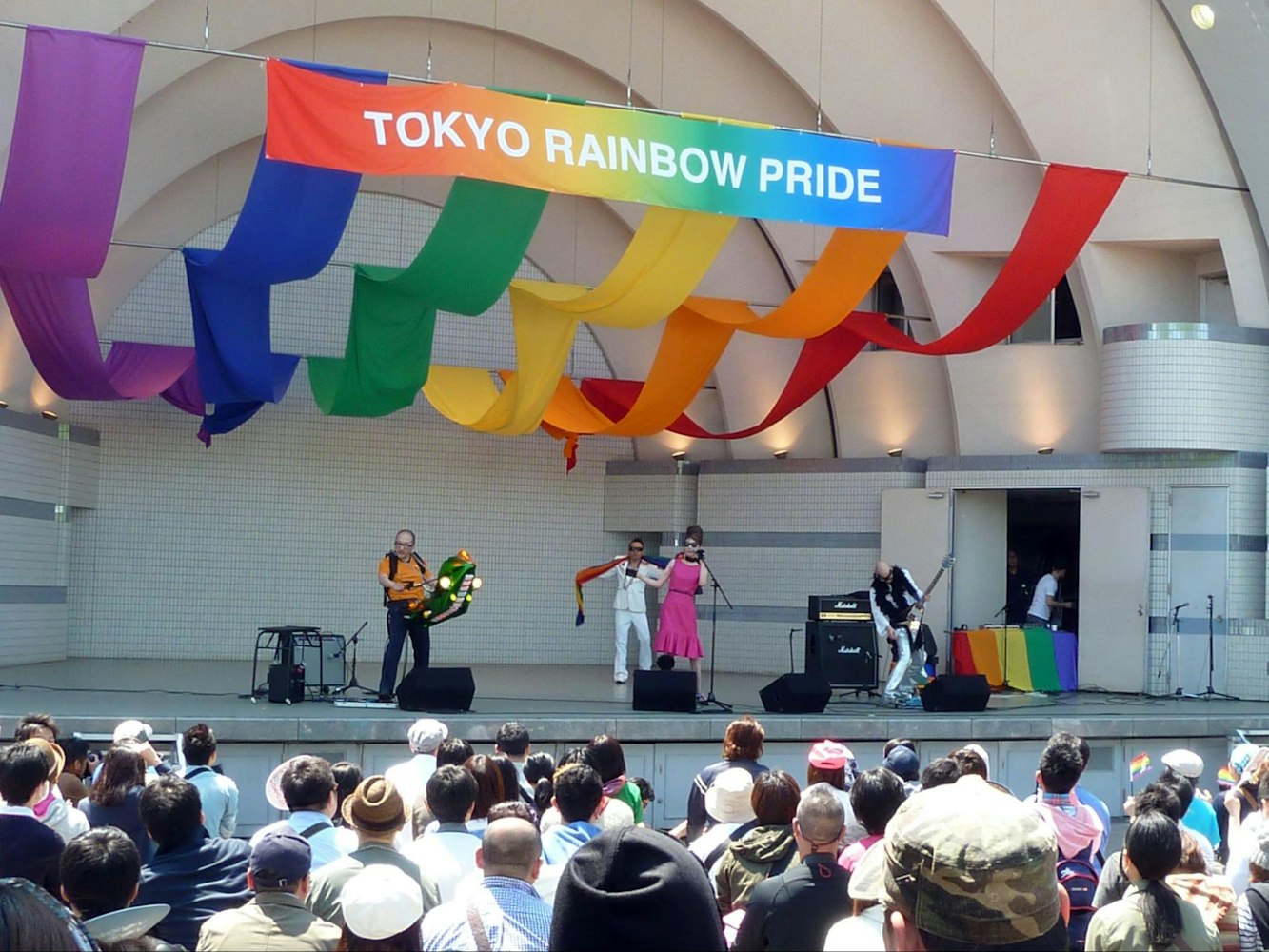
Image Credit: Wikimedia Commons
Tokyo Rainbow Pride is more than a march; it's a week-long festival featuring numerous events, including live performances, exhibitions, and talks, transforming Tokyo into a dazzling display of diversity and acceptance. Each year, the event attracts more participants, reflecting the growing support for the LGBTQ+ community in Japan. The 2019 Tokyo Rainbow Pride drew over 200,000 participants, demonstrating how these celebrations serve as both a beacon of hope and a testament to progress for the LGBTQ+ community.
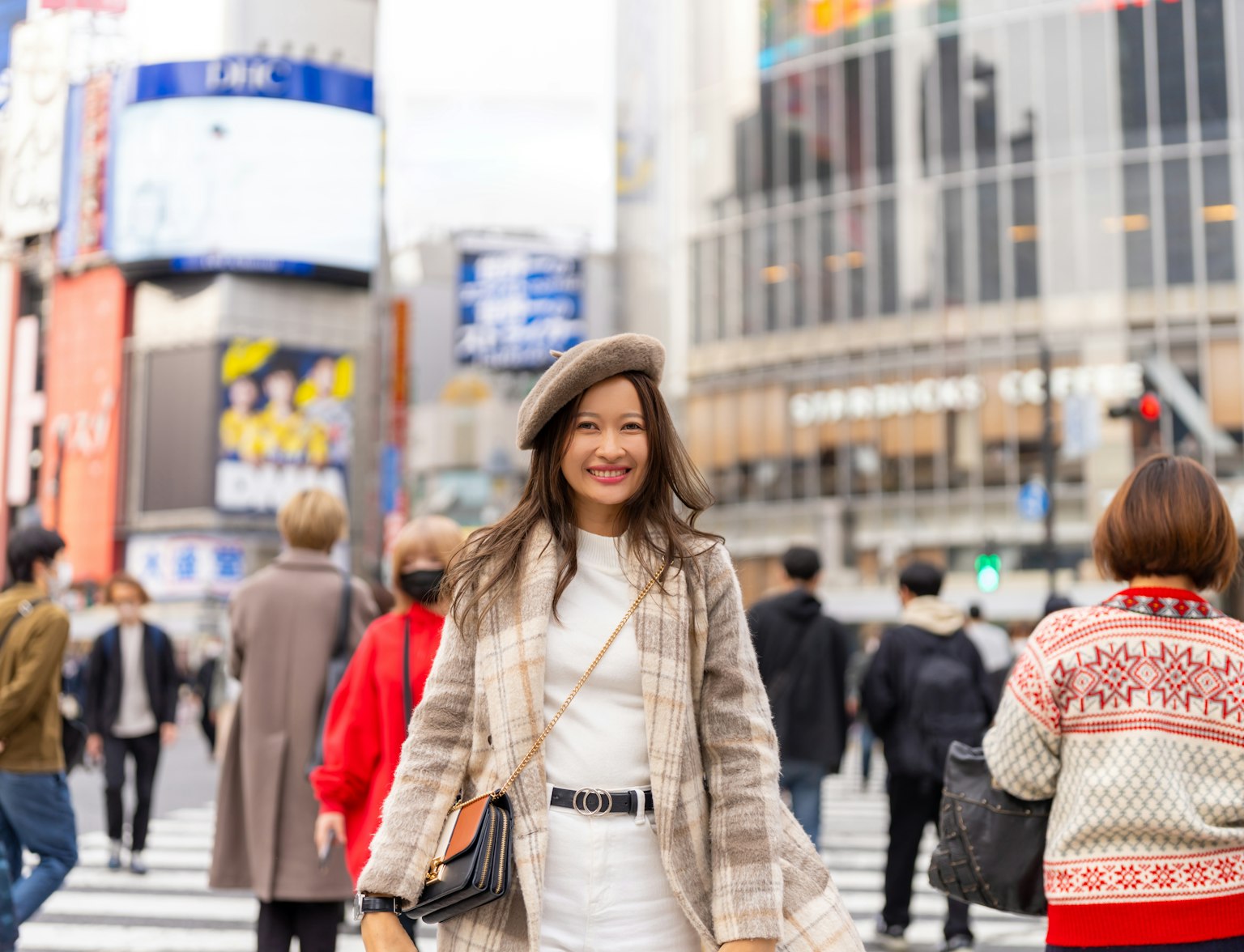
Explore Shibuya and Harajuku with a walking tour.
Shinjuku Ni-chōme, often simply referred to as Ni-chōme, is renowned as the world's most densely populated gay district. Nestled in Tokyo's Shinjuku ward, Ni-chōme is a hub of LGBTQ+ culture in Japan, hosting over 300 gay bars, nightclubs, bookstores, and cafes. It's a place where members of the LGBTQ+ community can freely express themselves and find a sense of belonging.
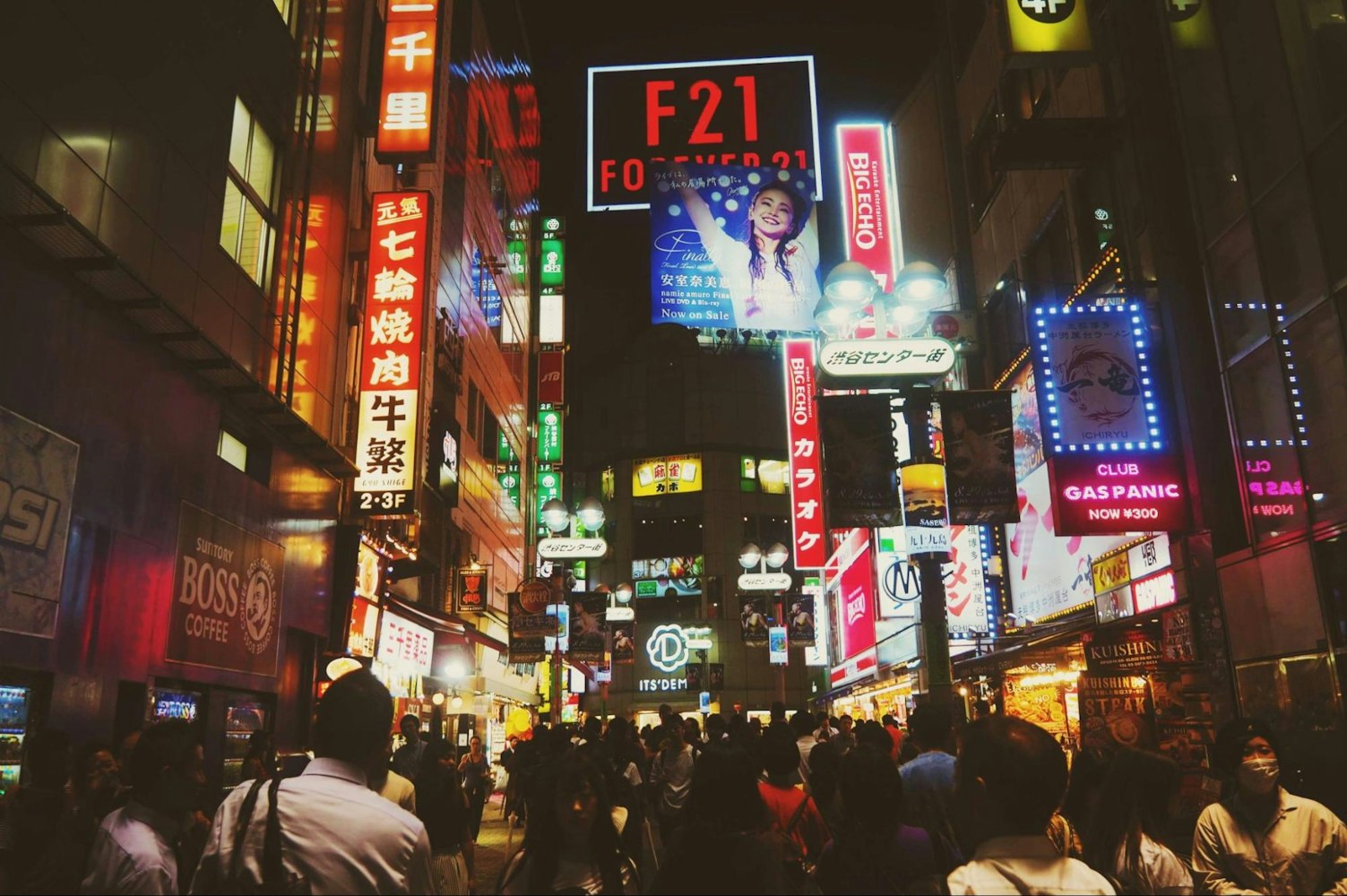
Ni-chōme is more than just a nightlife district; it's a place of historical significance and community. It served as the birthplace of Japan's gay rights movement in the 1990s and continues to be a focal point for LGBTQ+ activism. The district's significance extends to hosting the annual Tokyo Rainbow Pride and other LGBTQ+ events, making it a cornerstone of LGBTQ+ culture and celebration in Japan.
Apart from the Tokyo Rainbow Pride and the vibrant nightlife of Ni-chōme, Japan hosts a myriad of other LGBTQ+ celebrations and events. The Rainbow Reel Tokyo, previously known as the Tokyo International Lesbian & Gay Film Festival, is one such event that has been promoting LGBTQ+ representation in cinema since 1992. Kansai Rainbow Festa is another major event that draws thousands of participants to Osaka, while the Sapporo Rainbow Pride offers a celebration in the cooler northern region of Hokkaido.
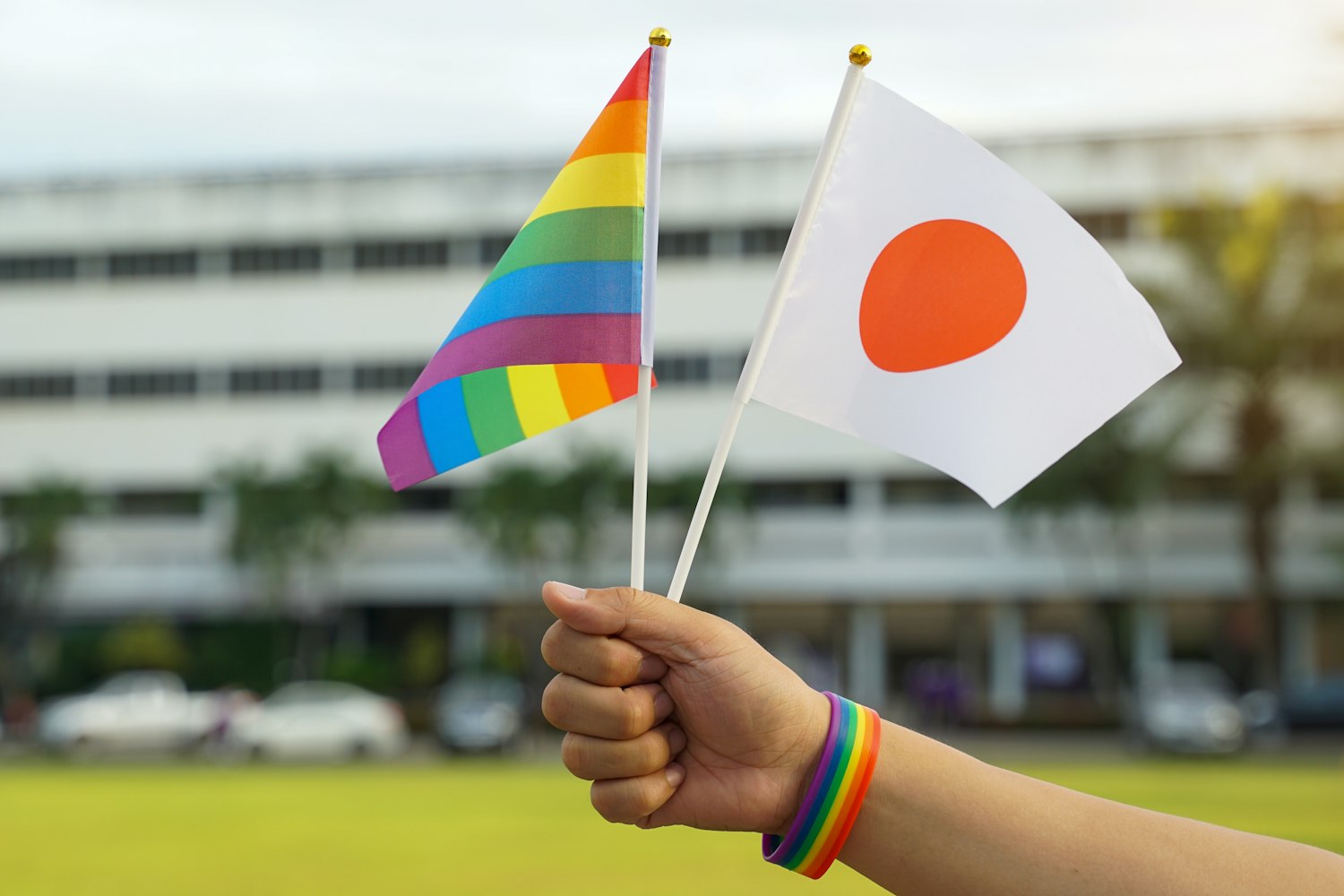
Additionally, Japan also celebrates International Day Against Homophobia, Transphobia, and Biphobia (IDAHOT) with various activities and events. These numerous events, from film festivals to pride parades, underscore Japan's growing recognition and celebration of the LGBTQ+ community, further enriching the diverse Sakura Spectrum.
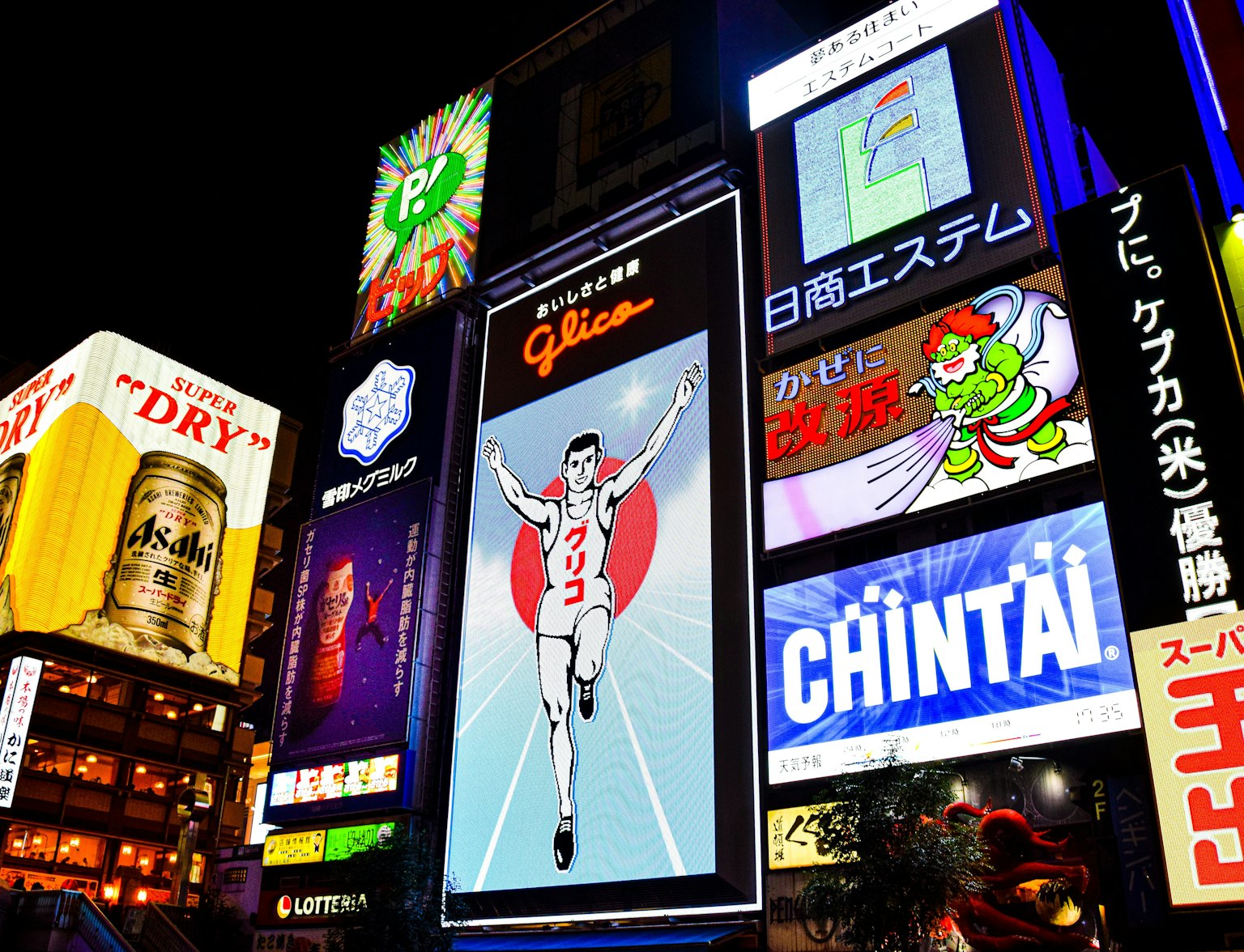
Explore Osaka with this tour.
'Sakura Spectrum' is a poignant symbol that beautifully captures the diversity and beauty of Japan's LGBTQ+ community. Just as the Sakura or cherry blossom tree presents an array of colors in full bloom, the 'Sakura Spectrum' represents the varied identities and experiences within the LGBTQ+ community. Each color of the spectrum signifies a unique identity, yet all harmonize together to create a breathtaking scene, akin to the awe-inspiring panorama of a cherry blossom tree in bloom.

The 'Sakura Spectrum' metaphor also speaks to the fleeting yet impactful nature of the Sakura season. Each identity, like each blossom, adds to the overall brilliance of the spectacle, and even if it seems ephemeral, it leaves a lasting impact. It's a celebration of the fleeting yet meaningful moments that make up LGBTQ+ history and experiences in Japan.
'Sakura Spectrum' serves not only as a symbol for the LGBTQ+ community but also as a tool for promoting further understanding and acceptance. It invites everyone to appreciate the beauty and diversity of the LGBTQ+ community, just as one would admire the mesmerizing array of Sakura blossoms. This appreciation can then foster understanding, acceptance, and respect for the LGBTQ+ community.
Moreover, the familiar image of Sakura, deeply ingrained in the Japanese consciousness, could help bridge the gap between traditional societal norms and the emerging acceptance of diverse sexual orientations and gender identities. It presents the LGBTQ+ conversation in a context that is inherently Japanese, thereby promoting greater empathy and understanding. In this light, the 'Sakura Spectrum' represents the potential for a future Japan where diversity is celebrated, and the LGBTQ+ community can fully bloom without restraint.
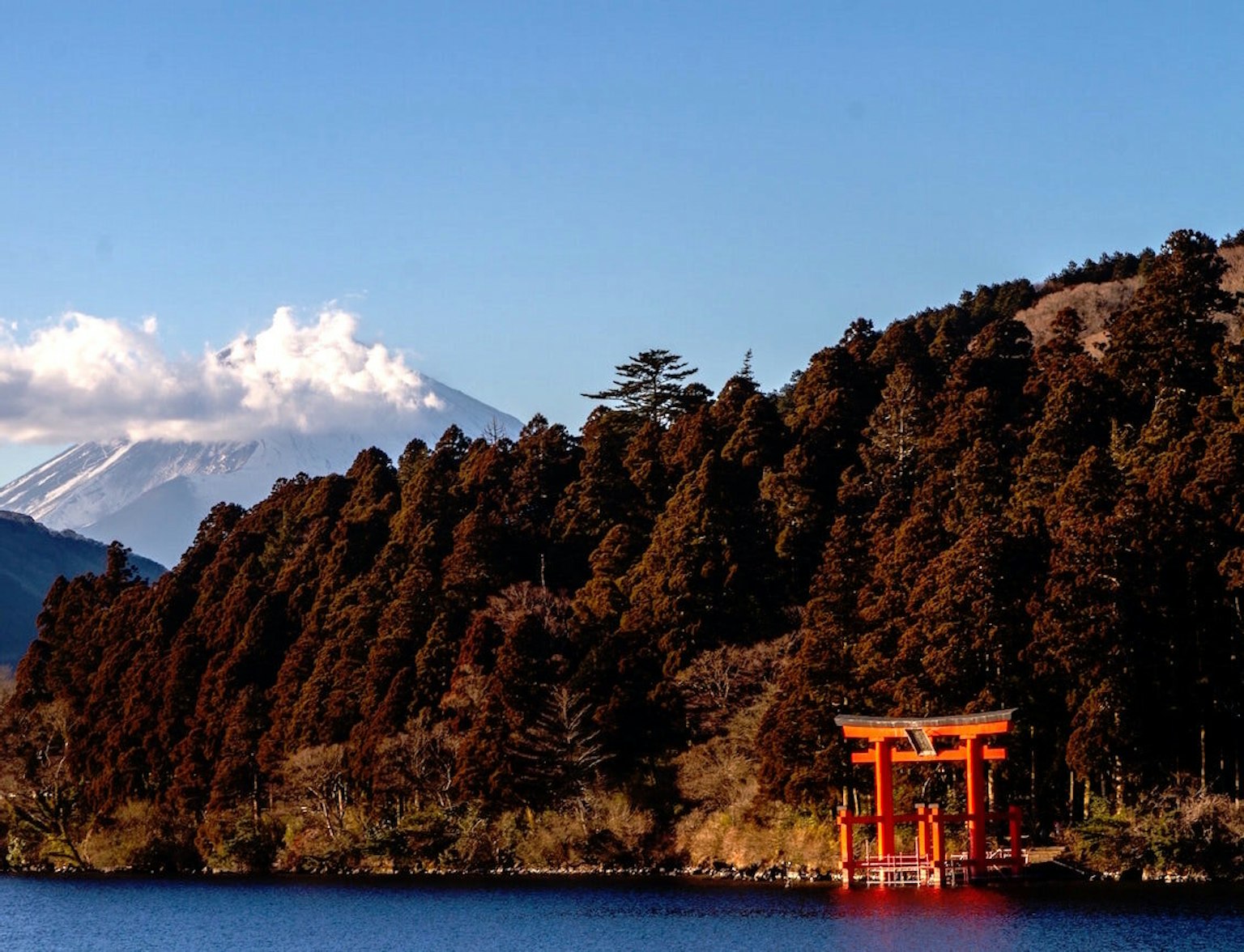
Discover the breathtaking beauty of Hakone.
As we draw the curtain on our exploration of the 'Sakura Spectrum', we are left with a profound appreciation for the diversity, beauty, and resilience of the LGBTQ+ community in Japan. Each hue of this spectrum tells a story - of struggle, of triumph, and most importantly, of progress towards an inclusive society. Yet, the narrative continues to unfold. As we step into the future, the promise of a more accepting and vibrant Japan, much like the annual blooming of Sakura, fills us with hope.
You too can be part of this ongoing narrative. Whether you're an ally, a member of the LGBTQ+ community, or a curious traveller, we invite you to experience the vibrancy of Japan firsthand. At 'Trip to Japan', we offer a wide array of tours that allow you to immerse yourself in Japan's rich culture and traditions, and experience its modern evolution. Visit our website to find a journey that speaks to your heart, be it walking through the energetic streets of Tokyo Rainbow Pride, exploring the lively Ni-chōme district, or simply absorbing the rich history and beautiful landscapes of Japan. Book your tour today, and step into the captivating tale that is the 'Sakura Spectrum'.
Q: What is the 'Sakura Spectrum'?
Ans: The 'Sakura Spectrum' is a term used to represent the diversity and resilience of the LGBTQ+ community in Japan. Just as the Sakura, or cherry blossom tree, shows an array of colors when in full bloom, the 'Sakura Spectrum' represents the varied identities and experiences within the LGBTQ+ community in Japan.
Q: How has the perception of LGBTQ+ changed in Japan over the years?
Ans: While Japan's history has instances of acceptance of gender and sexual diversity, the influence of Western values during the Meiji Restoration period led to a shift in societal attitudes towards homosexuality. However, in recent decades, there's been a slow yet noticeable change. Increased representation in media, ongoing advocacy work, and the rising influence of popular LGBTQ+ figures have all contributed to a growing acceptance and visibility of the LGBTQ+ community.
Q: How is LGBTQ+ culture represented in Japanese media?
Ans: LGBTQ+ themes and characters are increasingly represented in various forms of Japanese media. In anime and manga, genres like Yaoi and Yuri, which depict homosexual relationships, have gained international popularity. Moreover, some mainstream anime, manga, and drama series also include LGBTQ+ characters and narratives, thus increasing visibility and representation.
Q: What are some notable LGBTQ+ events in Japan?
Ans: Japan hosts several LGBTQ+ events, the most significant of which is the Tokyo Rainbow Pride. It's a week-long festival featuring numerous events, including a parade, live performances, and exhibitions. Other major events include the Rainbow Reel Tokyo film festival, Kansai Rainbow Festa in Osaka, and the Sapporo Rainbow Pride in Hokkaido.
Q: What is Ni-chōme?
Ans: Ni-chōme, or Shinjuku Ni-chōme, is a district in Tokyo known for being the world's most densely populated gay district. It hosts over 300 LGBTQ+ oriented establishments, including bars, clubs, and bookstores. Ni-chōme is a significant hub for the LGBTQ+ community and plays host to several LGBTQ+ events, including parts of Tokyo Rainbow Pride.
